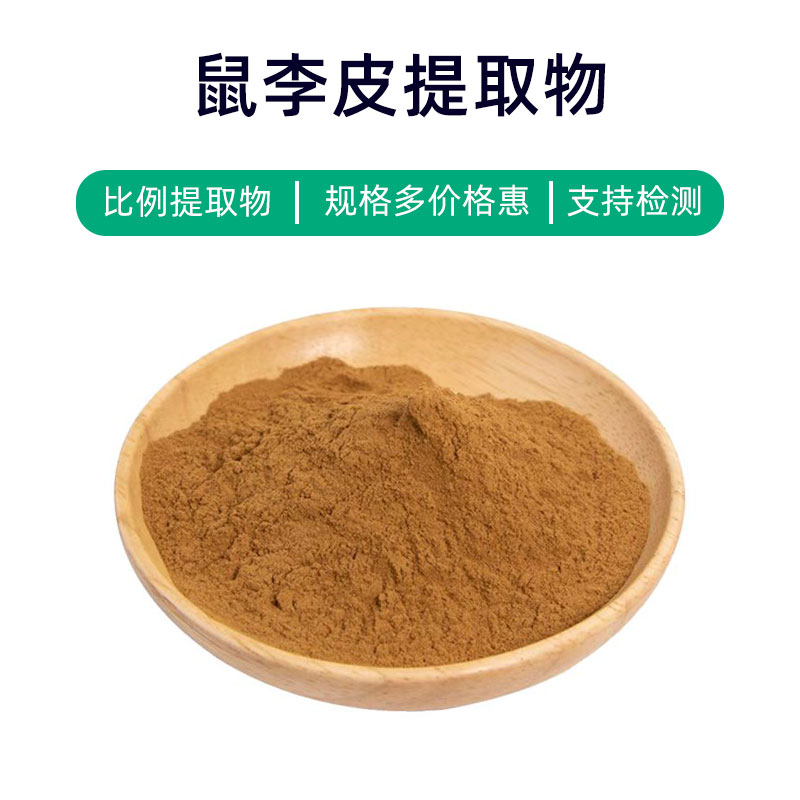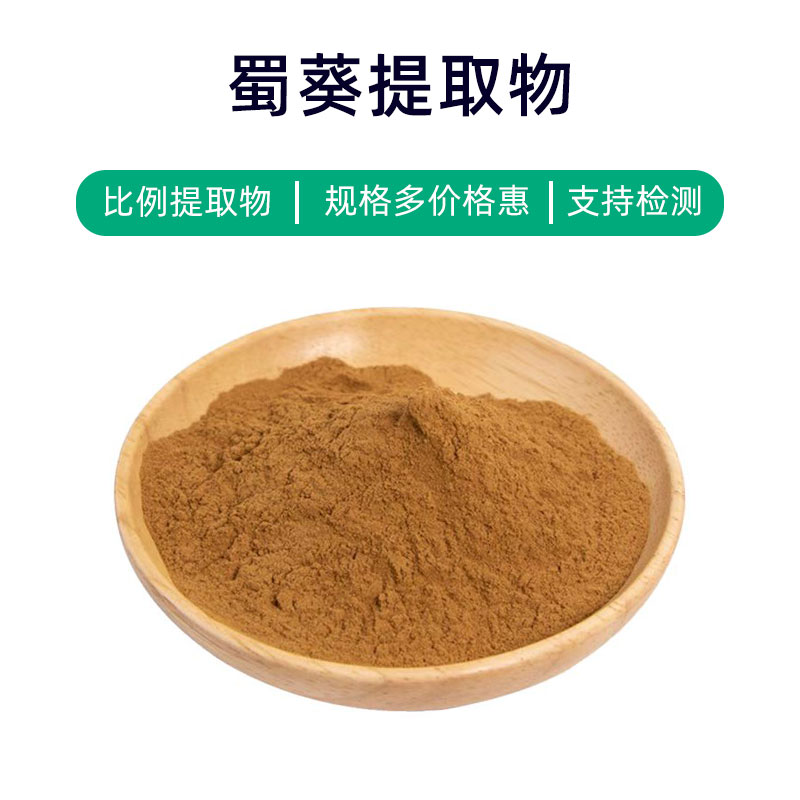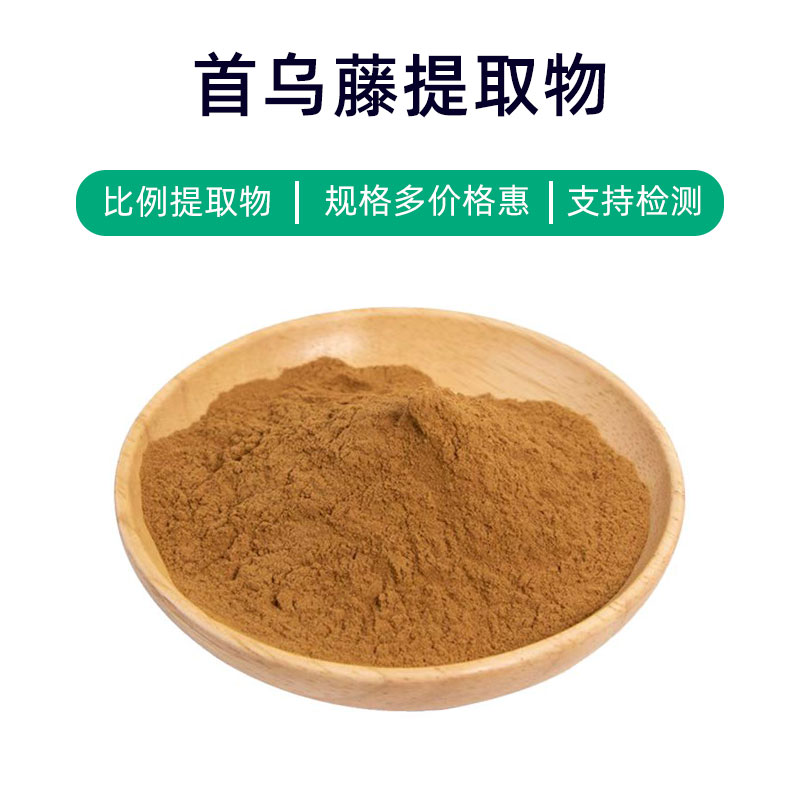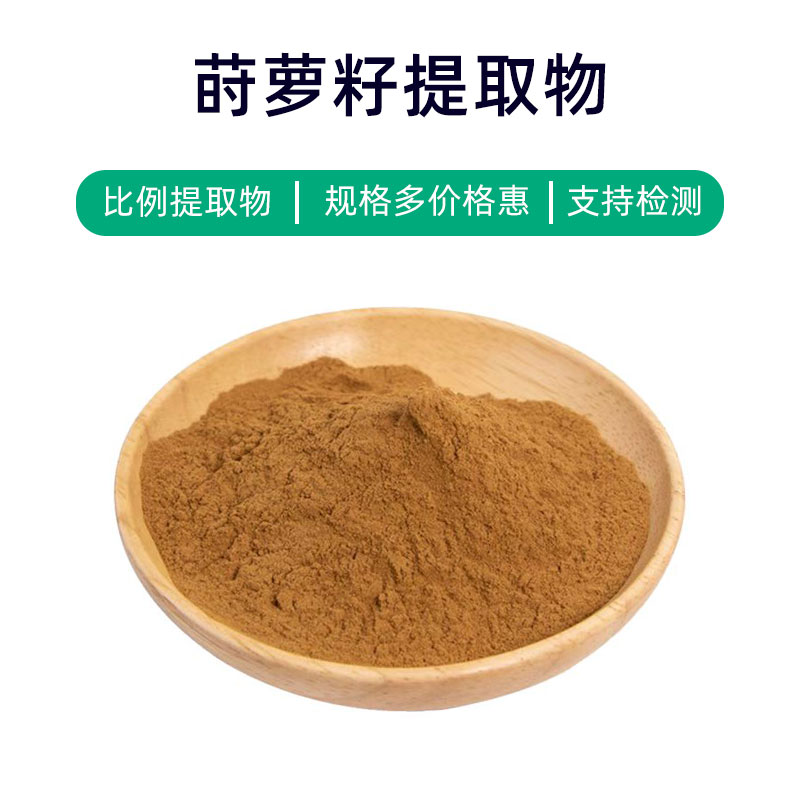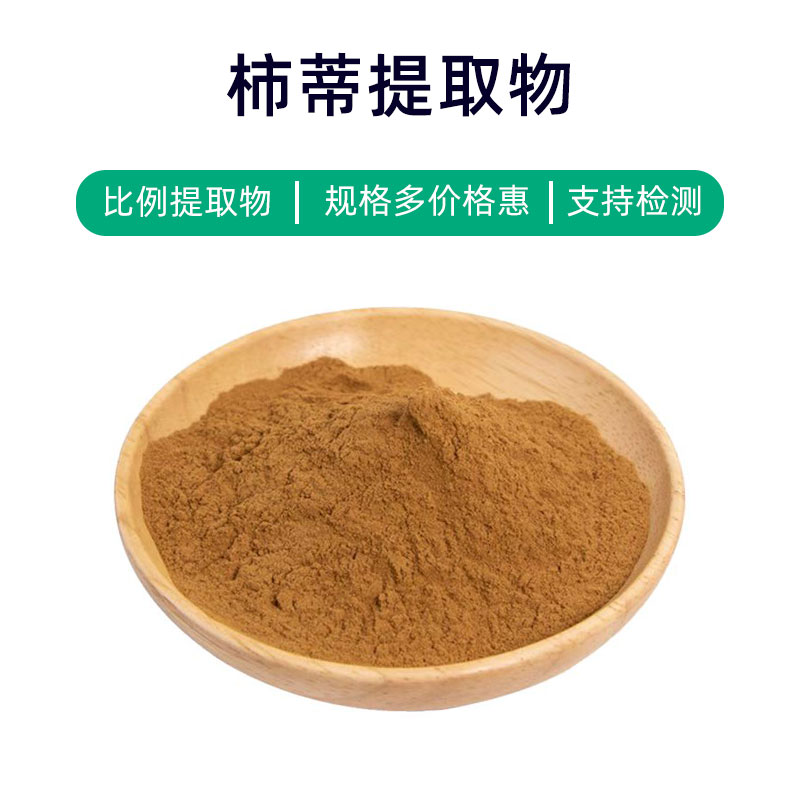Introduction to Mango Seed Extract
Mango Seed Extract is a natural plant extract derived from the seeds of the Mango (Mangifera indica). Its main components include mangiferin and tannic acid, which lend various benefits and applications to the extract. First, Mango Seed Extract is rich in antioxidants, helping to combat cellular damage caused by free radicals and slows the aging process. Additionally, it has anti-inflammatory and antibacterial properties, making it useful in skincare products to reduce inflammation, clear acne, and promote skin healing. Furthermore, it is widely utilized in dietary supplements as a natural antioxidant and nutrient, aiding in immune support, improving digestive health, and maintaining cardiovascular health. In the cosmetics industry, Mango Seed Extract is often found in skincare and hair care products, providing moisturizing, nourishing, and repairing effects that improve skin texture and enhance hair shine. Overall, as a natural plant extract, Mango Seed Extract offers multiple benefits and has promising applications in health products, cosmetics, and pharmaceuticals.
Production Process of Mango Seed Extract
The production process for Mango Seed Extract generally involves the following steps:
- Harvesting Mango Seeds: Fresh mango seeds are separated from ripe mangoes, typically done in processing facilities to ensure quality.
- Processing and Drying: The collected seeds are cleaned and any residual flesh is removed before undergoing drying. Common drying methods include air-drying and drying in an oven to reduce moisture content for easier extraction.
- Crushing and Initial Extraction: The dried mango seeds are ground into a powder and then subjected to coarse extraction using suitable solvents (like ethanol or water). This step aims to dissolve the target components from the plant material, creating a preliminary extract.
- Concentration and Purification: The coarse extract is concentrated by evaporating the solvent or using other methods, resulting in a more concentrated form. Subsequently, chromatographic methods, crystallization, or gel filtration may be employed to purify the extract by removing impurities and increasing the concentration of target components.
- Final Drying and Milling: The purified Mango Seed Extract undergoes final drying to lower moisture content, transforming it into a powdered form, which aids in extending shelf life and enhancing stability.
- Packaging and Storage: Finally, the Mango Seed Extract is placed into appropriate packaging, typically sealed and moisture-proof, to ensure product quality and stability. It should be stored in a cool, dry environment away from direct sunlight to prolong shelf life.
In summary, the production process of Mango Seed Extract consists of collection, processing, extraction, purification, drying, and packaging, with stringent control over each stage to ensure quality and safety of the final product.
Benefits and Side Effects of Mango Seed Extract
Mango Seed Extract, a natural product derived from mango seeds, offers multiple benefits and effects, including:
- Antioxidant Properties: Rich in antioxidants such as flavonoids, vitamin C, and vitamin E, it neutralizes free radicals, slows down cellular aging, and protects cells from oxidative damage.
- Anti-inflammatory Effects: Research indicates that the bioactive components in Mango Seed Extract possess anti-inflammatory properties, helping alleviate symptoms associated with inflammatory diseases like arthritis and skin inflammation.
- Antibacterial Action: Certain compounds in Mango Seed Extract exhibit antibacterial and antifungal activities, inhibiting bacterial and fungal growth, thus aiding in the prevention and treatment of skin infections.
- Blood Sugar Regulation: Some studies suggest that certain components in the extract may lower blood sugar levels, assisting in diabetes management and controlling blood sugar fluctuations.
- Promotion of Digestion: The extract is rich in dietary fiber and enzymes, which promote intestinal peristalsis, improve digestion and absorption, and prevent constipation and digestive discomfort.
- Cosmetic Benefits: With moisturizing, anti-aging, and skin-brightening properties, it is commonly used in skincare products, helping to improve skin texture and reduce fine lines and wrinkles.
- Cardiovascular Protection: Some components in Mango Seed Extract may benefit cardiovascular health by lowering cholesterol levels, improving blood circulation, and preventing heart disease.
Despite its numerous benefits, individual responses can vary, and potential side effects should be considered. Prolonged or excessive use may lead to digestive issues or allergic reactions. It's advisable to consult a healthcare professional before use and follow product instructions carefully.
Application Scenarios and Dosage of Mango Seed Extract
Mango Seed Extract has wide applications in the fields of medicine, food, and cosmetics. The following is an overview of its application scenarios and dosages:
- In Medicine:
- Uses: Mango Seed Extract is often utilized in the preparation of health supplements and medications, providing antioxidant, anti-inflammatory, and antibacterial effects, beneficial for preventing and assisting in the treatment of various health conditions.
- Dosage: It's generally advised to follow product instructions or healthcare professional recommendations. Common usage includes oral consumption or topical application. For oral use, a typical dosage is 100-500 mg per day, with individual dosage depending on personal circumstances and medical advice.
- In Food:
- Uses: The extract can serve as a food additive, frequently used in beverages, juices, candies, and ice creams, enhancing the nutritional value and flavor.
- Dosage: The amount is typically determined according to food processing and product formulas, usually incorporating an appropriate quantity of Mango Seed Extract powder or liquid per kilogram of food, with adjustments based on product needs.
- In Cosmetics:
- Uses: Mango Seed Extract is commonly found in cosmetics, known for its moisturizing, antioxidant, and anti-wrinkle properties, applicable in skincare products, shampoos, masks, etc.
- Dosage: It’s generally added according to suggested dosages in the product formulation, typically recommended for use within a concentration range of 1%-5%.
When using Mango Seed Extract, it’s important to observe the following points:
- Use according to product instructions or medical advice carefully and avoid exceeding recommended amounts.
- Individuals with allergies should perform a skin sensitivity test prior to use.
- Pregnant women, nursing mothers, and children should consult healthcare providers before use.
- When storing, keep in a cool, dry place away from direct sunlight and high temperatures to ensure product stability.
Overview of the Source Plant of Mango Seed Extract: Distribution and Growing Environment
Mango Seed Extract derives from the mango plant (scientific name: Mangifera indica). The following is an overview of the source plant’s introduction, distribution, and growing environment:
- Plant Overview:
- The mango is an evergreen tree belonging to the Anacardiaceae family and the Mangifera genus, recognized as a tropical fruit tree.
- Mango trees typically have large pinnate leaves, with white or pink flowers arranged in large panicles, and produce large oval or round fruits containing a single hard seed.
- Distribution:
- The mango is native to Southeast Asia, primarily located in northeastern India, Myanmar, Thailand, Vietnam, the Philippines, and other countries.
- Due to its popularity, this tree is now cultivated in tropical and subtropical regions worldwide, including South Asia, East Africa, South America, and the Caribbean.
- Growing Environment:
- Mango thrives in warm, humid climates, best suited for growth in tropical and subtropical regions, with ideal temperatures between 25 and 35 degrees Celsius.
- It is highly adaptable to well-lit environments, usually found at altitudes ranging from 200 to 1200 meters.
- The mango tree adapts well to various soil types, including sandy loam, loamy sand, red soil, and yellow soil, though sandy loam is preferred.
- Growth Characteristics:
- Mango trees grow rapidly, with dense canopies that can reach over 30 meters in height, featuring stout trunks and grayish-brown bark.
- Under ideal growth conditions, mango trees can flower multiple times a year, with fruit development cycles generally taking 3-6 months, maturing to a yellow or orange-yellow color.
Overall, the source plant of Mango Seed Extract, the mango, is a tropical fruit tree that thrives in warm, humid climates and is predominantly distributed in tropical regions of Southeast Asia. It is characterized by rapid growth and resilience to drought and heat, making it an important economic crop and fruit tree.
Processing and Storage of Mango Seed Extract
The processing of Mango Seed Extract includes several steps: First, the mango seeds are cleaned and peeled, followed by drying the peeled seeds either through air-drying or oven-drying. They are then crushed and milled, transforming them into a powder or extract. Finally, effective components are extracted from the seeds through soaking, solvent extraction, or supercritical fluid extraction methods. For storage, the extract should be kept in a cool, dry, and well-ventilated area, avoiding direct sunlight and high temperatures to maintain its stability and shelf life. It is recommended to use sealed containers for packaging and regularly check the quality and appearance of the extract to ensure it remains unaffected.
Monica Sun is a seasoned expert in the plant extraction industry with over a decade of experience in research and production. She specializes in the extraction and purification of plant active ingredients, focusing on driving innovation in natural product applications. Monica has participated in the development of multiple functional plant extracts, delivering high-value natural raw material solutions for the health food, pharmaceutical, and dietary supplement sectors.









